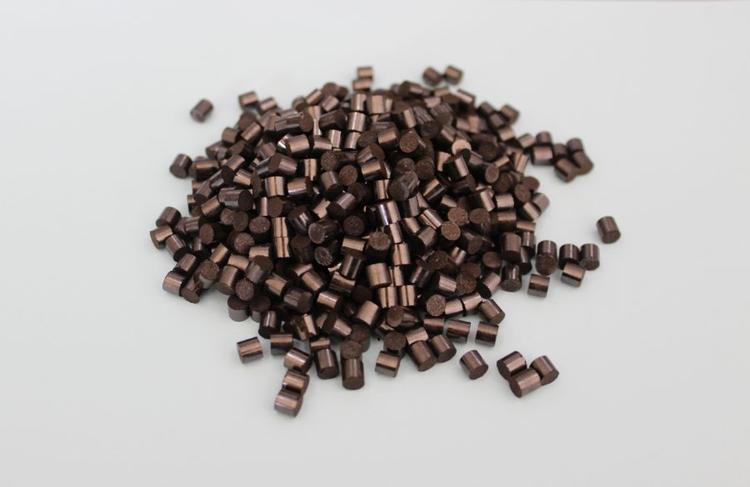Application cases for Copper-based catalysts
Chemical Synthesis Field
Methanol Synthesis
In the large-scale industrial synthesis of methanol, the Cu/ZnO/Al₂O₃ catalyst is widely used. For example, many large methanol production enterprises in China have achieved the efficient conversion of carbon monoxide, carbon dioxide, and hydrogen into methanol under relatively mild conditions (such as a pressure of 5 - 10 MPa and a temperature of 220 - 280 °C) by using this copper-based catalyst. This catalyst has high activity and good selectivity, and the single-pass yield of methanol can reach 70% - 80%, greatly improving production efficiency and economic benefits.
Methyl Formate Synthesis
Copper-based catalysts play an important role in the synthesis of methyl formate through methanol carbonylation. Some chemical enterprises use supported copper-based catalysts, which can effectively promote the reaction between methanol and carbon monoxide, and the selectivity of methyl formate can reach over 90%. Methyl formate is an important organic chemical raw material and can be used to produce various chemicals such as formic acid and formamide.
Energy Field
Fuel Cells
In direct methanol fuel cells (DMFCs), copper-based catalysts can be used to catalyze the oxidation reaction of methanol. The copper-nickel alloy catalyst developed by researchers has high catalytic activity and stability for methanol oxidation. Compared with traditional platinum-based catalysts, copper-based catalysts have lower costs and are expected to reduce the production cost of fuel cells, promoting the wide application of fuel cells in fields such as electric vehicles and portable electronic devices.
Biomass Conversion
In the process of biomass pyrolysis and gasification, copper-based catalysts can promote the decomposition and conversion of biomass, improving the yield and quality of biofuels. For example, using a copper-zinc bimetallic catalyst for the catalytic pyrolysis of biomass can convert macromolecular organic matter in biomass into small-molecule bio-oil and syngas. After further upgrading, bio-oil can be used as a liquid fuel, and syngas can be used to produce energy products such as hydrogen and methanol.
Environmental Protection Field
Waste Gas Treatment
Copper-based catalysts show good performance in the catalytic combustion treatment of volatile organic compounds (VOCs). A coating factory uses a copper-manganese composite oxide catalyst to treat VOCs such as toluene and xylene in waste gas. At a temperature of 250 - 350 °C, the conversion rate of VOCs can reach over 90%, effectively reducing the environmental pollution caused by waste gas.
Wastewater Treatment
In wastewater treatment, copper-based catalysts can be used to catalytically oxidize organic matter in wastewater. Taking the catalyst with copper supported on activated carbon as an example, when treating printing and dyeing wastewater, it can significantly improve the biodegradability and treatment effect of wastewater. Through the catalytic oxidation reaction, organic matter such as dyes in wastewater is decomposed into small-molecule substances, reducing the chemical oxygen demand (COD) and color of wastewater.
Organic Synthesis Field
Coupling Reactions
In organic synthetic chemistry, copper-based catalysts are often used to catalyze various coupling reactions, such as the Ullmann coupling reaction and the Chan-Lam coupling reaction. These reactions can form carbon-carbon bonds and carbon-heteroatom bonds and are important methods for synthesizing complex organic molecules. For example, in drug synthesis, bioactive compounds can be efficiently synthesized through copper-catalyzed coupling reactions.

Related News




